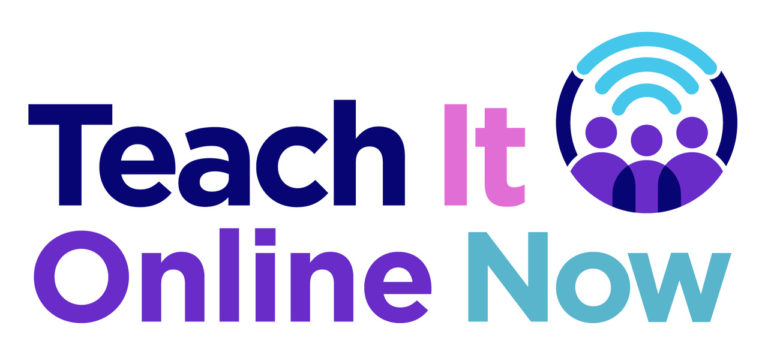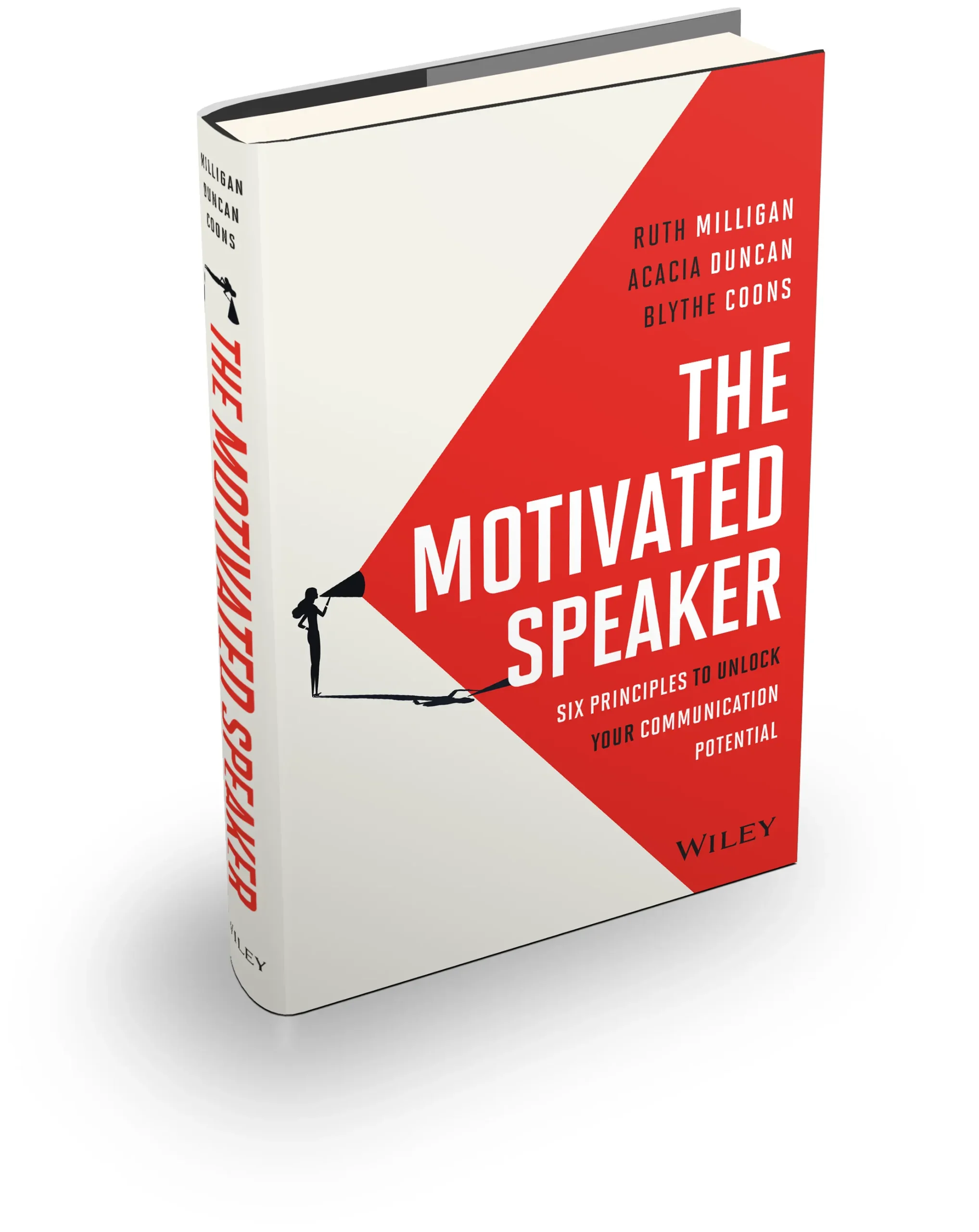Preface: I have waited six months to write a reflection on this year until I had something positive to contribute to the recovery to our economy in wake of COVID, fires, floods, hurricanes, and racial unrest. This blog represents my experience and is not supposed to compare or contrast to others’ experiences, which by and large, I realize are far more devastating than any inconvenience or discomfort I have faced. In other words, I fully recognize my privilege and do not take for granted the opportunities I’ve been able to pursue as a result of it.
*****************************************************
It’s been exactly six months since we shut down for COVID. I was to be somewhere on Spring Break with my family when the calls one after another started flooding in: Event canceled. Training canceled. Program postponed. One of my lead coaches quit with no notice after I had to make some temporary business changes. My profits were not just slashed, but just gone. In a matter of 5 weeks I was back to where I was 5 years ago in revenue projections. Thanks to a healthy 2019 and the Payroll Protection Program from the government, I would be able to pay bills but not much more.
This, all while my kids were told they wouldn’t be going back to school after break. And the restaurants and businesses around me were forced to suspend operations. Art museums, concerts and all my favorite cultural events, closed and canceled.
This is a story we all experienced together across the world, I’m not sharing anything new. But a few additional things happened all at once in my small domain that influenced what would happen next:
- My clients all were going virtual. They had to still communicate but now through a box largely on zoom. While we had been zoom users for nearly 5 years, they hadn’t been. We had a whole day head-start on them, I said.
- My kids were struggling on their virtual version of school. Their school did not accommodate for the times like others. They tried hard to replicate the existing schedule and keep standards exactly the same. As such, my son lost full grades in classes he usually mastered and even spent 8 hours taking a math test one afternoon. My daughter put her head down and did the hard work but admittedly struggled every day like most kids. Both kids were exhausted, asleep for naps by 4 p.m. most days, due to non-stop zoom calls, yet defeated at not having meaningful engagement, despite the best efforts of their incredibly hardworking teachers.
- I watched a random LinkedIn Live Video. A friend of mine sent me a link to watch a sales consultant talk about how to sell during COVID. I rarely watch sales consultants but the 20 minutes of this one were captivating. She said one thing I couldn’t shake : “Find a way to be helpful and relevant.”
Find a way to be helpful and relevant. I kept saying it over and over in my head.
Since I couldn’t service my clients. As I said to my team: If Ford isn’t making cars, they aren’t having any conferences to talk about the data about how they sell cars! So I would take the time and money I did have and do just that. Be helpful and relevant using what I knew best.
What we know best is how to present, communicate, tell stories, organize complex messages and influence. So we immersed ourselves into doing that virtually. We watched and listened, researched and discussed. We began to host some webinars (Being a Speaker in a Virtual World and Hosting Semi-Live Events), launched a podcast, and looked for more, ways to be helpful and relevant.
By May I decided it was time to really re-think my business. Gulp. I had started three businesses before, I knew what this felt like so I wasn’t that daunted. If people weren’t going back to live events anytime soon, I needed to pivot myself. But to what?
In my exploration, I asked around got a referral from a friend to a terribly nice guy named Ben Palchick. He had been in the on-demand learning field for over 20 years and knew a thing or ten about how to scale learning in a digital age. I knew coaching and training, but never really thought about the on-demand space since our best work and impact was always done in person.
When talking with him about my desire to learn how I could take my content, training and coaching to a more scalable model, he gave me one bit of reassurance:
“If you are good at this live, then you will be good at this virtual.” In other words, people aren’t going to scale up our expertise and then also be good at it virtually.
Another longtime friend of mine, also an instructional designer, assured me that this was needed and possible.
So we set forth and recorded in mid-June a series of “How to be a Virtual Speaker” on-demand learning modules. The suggestion came in to make sure to do some for teachers so with the help of some local teachers we knew, we added “How to be a Virtual Teacher” modules to the plan. They helped shape content and then were eager and willing to help record them for the school audiences.
By July it was obvious that no-one was going back to school full time and that virtual, distance, remote, online or hybrid delivery would be the norm for the fall for ALL kids – K-12 and beyond. I even got a call from a learning development director at a hospital asking me if I had seen any micro-learning courses that addressed how professionals (like doctors and nurses) could learn how to pivot their in-hospital training for residents from live to virtual.
Hmmm. My new mantra became”How can I be helpful and relevant… to teachers?” The corporate folks had resources to figure out zoom, recordings, virtual events, and trainings. Teachers and schools, not as much.
We set out a simple criteria and looked for a course that trained how to deliver distance / online /remote teaching that could do this:
- Reach anyone who teaches from K-12 through graduate programs.
- Be delivered in small segments (aka micro-learnings).
- Be available on-demand. (Let them take the course whenever their schedule allows.)
- Provide some CE credit. (After all, if you are a teacher, let’s make this worth it.)
- Make it applicable NOW. Meaning give them real tools to help them improve their engagement immediately. No theory.
What we found was:
- Smart but synchronous trainings (show up 3 times over 3 weeks) on a specific schedule with class limits
- On-Demand trainings but long format delivered theoretically by college researchers on subjects very relevant but not readily helpful
- An accreditation course that was 6 months long and represented the gold standard, but not for a teacher who in 6 weeks was going to be back on zoom
- Some helpful videos on YouTube but without any activities or formative assessments
We didn’t find what we thought was needed to be helpful and relevant to teachers . So while we are in development with our first set of modules, we asked again: why not build something more robust? We called in Miriam Abbott, a local Quality Matters peer reviewer who also has been an virtual instructor for years, paired with our local teachers we had already recruited to help with the first modules and assembled a robust list of 16 content modules to build.
With the help of Ben’s instructional designers, graphic artists, programmers and quality assurance professionals, we now had a complete team to build what we wanted:
An on-demand, micro-learning course to help any teaching professional quickly but thoroughly grab the foundation of what teaching online means.
And with a suite of immediate examples from teachers who were in the Spring COVID trenches to help communicate empathetic and authentic learnings.
So on September 11, 2020, Teach it Online Now was launched.
It does what we want in these sixteen modules:
Introduction
- Teach It Online Now, an Introduction
- Technology Basics of Remote Online Learning
Engagement
- General Techniques for Engagement
- Technology Tools for Engagement
- Instructor-Student Engagement Strategies
- Student-Student Engagement Practices
- Creating Meaningful Connections
Academic Online Classroom Management
- Development of Core Course Objectives, Schedules, and Understanding of Student Success Patterns
- Designing Valuable Formative Assessments
- Understanding Assessments and Academic Integrity
- Enhancing Course Accessibility Beyond the ADA
- Using Visuals
Communication & Presence
- Your Online Teaching Presence (Verbals / Non-Verbals)
- Building Instructional Writing Skills for Student Comprehension and Course Communication
- Handling Questions
- Enhancing Your Teaching by Using a Producer (or Helper)
As I write this post a week later, we are in the mode of communicating the offering, hoping that education will appreciate the truth underneath it: it was born out of a desire to be helpful and relevant and was designed and produced by educators for educators.
While we don’t have a huge marketing department and budget to switch on to get this in the hands of every teacher, professor and instructor, we are hoping that we can reach as many as possible as fast as possible. Because in the next room over are my two teenagers online with their teachers doing everything they can to make this year not a total loss. I can’t promise the course we built will save the school year, but it may just help make it suck a little less. And for now, that’s a win.
I invite you to share Teach It Online Now with the teachers in your network. It’s geared to instructors from grade six through university level. We’re offering a free demo, so they can experience the platform for themselves.
With deep thanks to my team at Articulation: Kim Goldsmith, Acacia Duncan, Helmut Berthold, and Michelle Bretscher who have made this pivot with me while we keep the fires going for our clients at Articulation. We are still here – very much so – delivering executive communication coaching and training, virtually.


